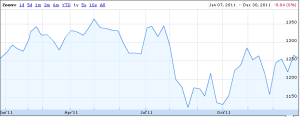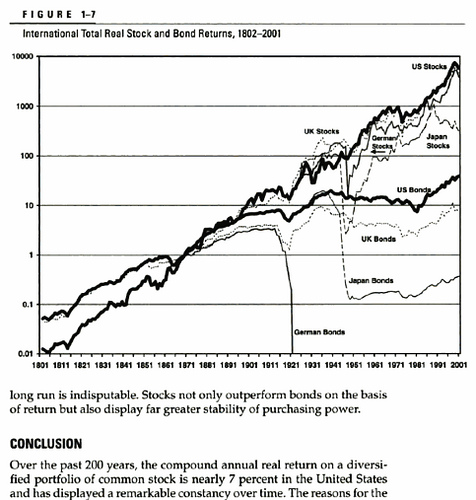It is 5 years now since Luca and I started investing together. This is the 4th year publishing this post in which I explain how our investments fared along the year (1). In previous years’ post I had explained how we had adopted for our personal investments the same approach mutual open-ended funds have.
Brief recap for newcomers:
As I explained last year, we had to define a net asset value per share (valor liquidativo de la participación) at the beginning of the period. This net asset value per share rises and decreases as the aggregate share prices of the stocks in the portfolio rise or decrease. When an investment fund informs about its yearly results it is referring to the performance of this net asset value per share.
Each time that there is an addition of capital (new investments, in this case by Luca or me) it is treated as an issue of new shares to ourselves. It doesn’t matter that we are the only “shareholders”. Depending on whether the net asset value has increased or decreased we are acquiring the new shares at a higher or lower price than we acquired the previous ones. Exactly as it works in a fund.
Let’s go to this years results: How did the year 2013 go? In line with 2013 good year for stock markets it wasn’t a bad one.
In 2013 we have not been very active investors, not doing many transactions nor adding lots of funds to the investments (with a wedding in sight for mid year and a baby to come we had a preference for cash). We mainly held previous investments and sold a couple of positions which already earned what we expected (2).
During 2012 I took note of the fund value about 22 times, so we could get an idea of how the fund evolved. As you may see in the graphic below, the net asset value per share at the beginning of 2013 was 44.63€ while at the end it increased to 51.03€, that is +14.34%. That was the performance of the fund in 2013 (not good enough to sell subscriptions to the fund! ![]() ).
).
How does it compare with the main indexes?
- S&P 500, +29.6% in $ terms [+23.9% in € terms, after taking into account F/X (3)] (this is the target index)
- Dow Jones, +26.5% in $ terms [+20.9% in €]
- NASDAQ, +38.2% in $ terms [+32.1% in €]
- IBEX 35, +21.4%
- Euro Stoxx 50, +18%
The gains of the fund since its creation in January 2009 have been+66.51%, with a compounded annual gain of +10.85% (remember this always refers to the net asset value per share – marked by the first 2 positive years – and cash gains cannot be directly derived from the net asset value performance times the total assets).
Two years ago, I introduced the comparison with leading Spanish value investing fund managers from Bestinver (4). Let’s do the exercise again:
- Bestinfond, +31.82%;
- Bestinver Internacional, +32.54%;
- Bestinver Bolsa, +29.72%.
All in all, 2013 has been a good year to present results, though it would had been even better if we had a bigger stake in Bestinver ;-).
I’ll keep you informed next year of this year’s results.
—–
(1) See previous posts showing 2012, 2011 and 2010 results.
(2) Unhappily among others we are not any longer shareholders of Metlife (will miss the iconic view of its landmark building in NY) and GE (will miss the good feeling when seeing a GE truck anywhere)…
(3) Since our investments account is based in the Euro zone, it is important to take into account dollar-euro exchange fluctuations for good and bad. Take a look at this website for interesting graphics, perpe. The USD gained 4.70% against the EURO in 2013 (or the EURO lost a 4.49%)
(4) Disclaimer: Since sometime in 2011, we have also positions in Bestinver, though I don’t get any fees for promoting it in the blog. (Our positions with Bestinver are excluded from the calculations of “J&L” fund to allow for clean comparisons).
NOTE: “J&L fund” numbers are pre-tax of capital gains realized, include dividends (twice taxed) and are net of transaction costs & brokerage commissions.







